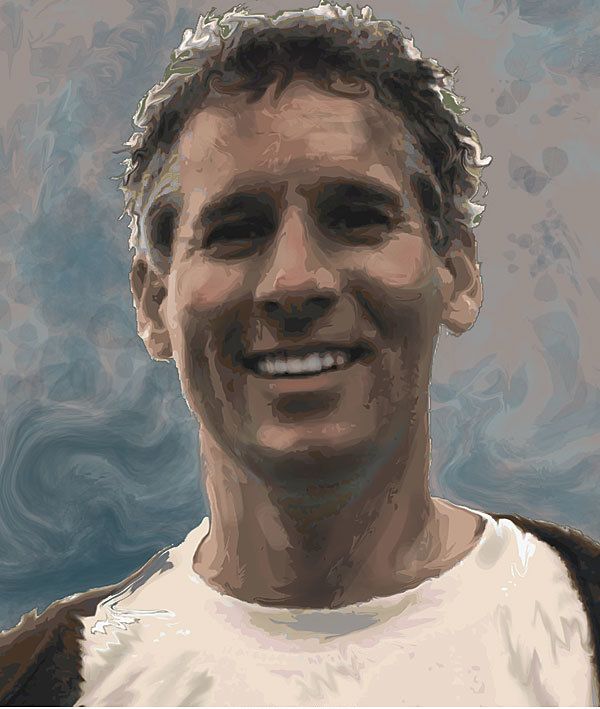Tailgate: Mike Kernagis, Builder
As construction manager for e-co lab, this builder is helping to lead the way for Passive House in the U.S.

How did you get involved working with e-co lab?
I lived in the same town where Katrin Klingenberg built the first Passive House in North America. I was building conventionally at that time (2003), with scant attention to energy efficiency, but I was impressed with her house. I met and got to know Kat, who was looking for a builder for e-co lab, a community-housing development organization building Passive Houses for low-income, first-time homeowners. I really liked the idea of decoupling people of limited income from volatile energy costs, and it seemed that it would also be great to be able to show that a Passive House could be built affordably. In 2005, I took the job and built the first of e-co lab’s affordable Passive House projects in partnership with the city of Urbana, Ill.
How hard is it to build a Passive House?
The first one was tough. There’s a learning curve, but then again, I’d gotten a little bored. Building a Passive House offered a chance to do something new, which I now understand as a new level of craftsmanship.
The added level of craftsmanship is an attraction—not a disincentive—to tradespeople and potential homeowners alike. It values the craftsman’s skills, it makes the craftsman’s job more interesting and gratifying, and it produces a home with quality that you can feel. Plus, they get easier as you go along.
Could modular building make Passive Houses more widely affordable?
Yes. I think we’ve seen in Europe that modular has made Passive Houses more affordable. Widely affordable? I don’t know, but when I consider our future with regard to energy and environment, I wonder what we can afford not to do.
Anybody following the Solar Decathlon has seen that Passive Houses have fared well. In the 2009 competition, Passive Houses finished first and second. We worked on the University of Illinois entry, which we developed out of a modular factory. It was built for one-third of the cost of the German entry and with a lot less photovoltaics. This was before affordability was a significant factor in decathlon scoring.
Will Passive House ever become mainstream?
Yes, though it might not be called Passive House. The elements of airtight construction— energy-recovery ventilation, thicker insulation, better windows, and elimination oinsulation, better windows, and elimination of thermal bridges—all these things are already gaining a lot more currency and are a lot more roundly accepted than even a couple of years ago. You no longer always have to start at square one, talking about how a house has to breathe.
I think that Passive House making it to Main Street has everything to do with appropriate valuation of efficiency. Energy-rating systems are going a long way to getting us to where energy efficiency in buildings is understood to have a market value, as fuel efficiency and durability are transforming the automobile industry.
As a builder, I think that implementation is where the rubber meets the road, which is why I’m working with a few other folks to develop a Passive House training program for North American builders. We’ll be holding the pilot program soon.
Is it hard to retrofit a house to Passive House standards? Is it even possible?
Sure, it’s possible! Each potential retrofit is unique. What kind of existing thermal bridges are there that are difficult or impossible to do anything about? How and where are you going to apply insulation, air barriers, vapor retarders? What opportunities are available because of renovations that need to be done anyway? Can your improvements be phased?
Existing buildings are going to have their own challenges. Some will be better candidates for retrofits than others, but so many buildings can be done now. Retrofits are fundamentally more challenging than new construction, and Passive House recognizes this by providing a little relief on airtightness and performance thresholds. For me, the takeaway on retrofits is that we need to go deep, for deep energy reduction. Lesser efforts often create buildings that become immune to further improvement.
What are the most important features of a Passive House?
Comfort. Health. Quality of construction. Energy efficiency. Reducing carbon-dioxide production in our built environment.
Do you live in a Passive House?
Nope. I still rent! Someday, I hope.
Illustration: Jacqueline Rogers

























